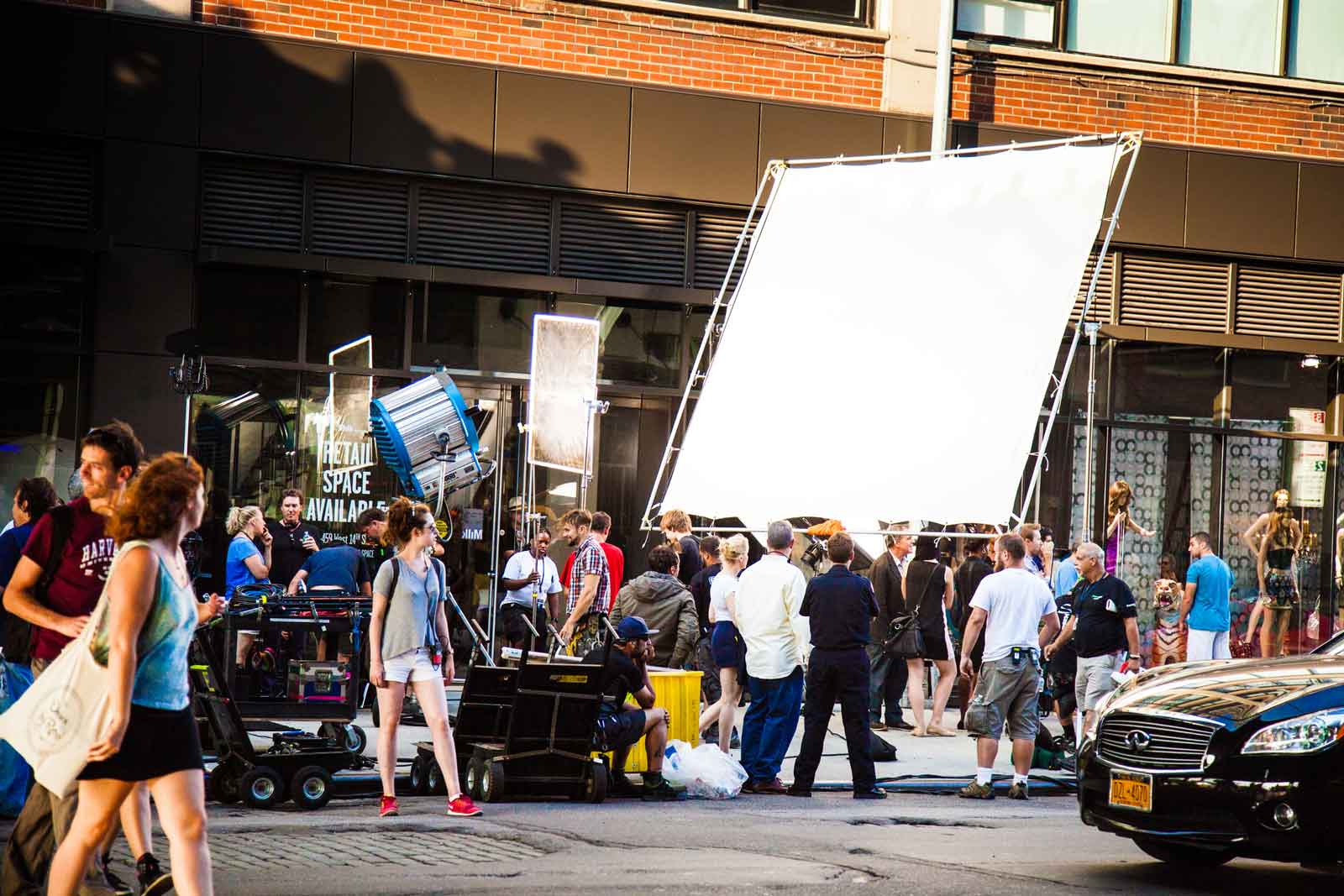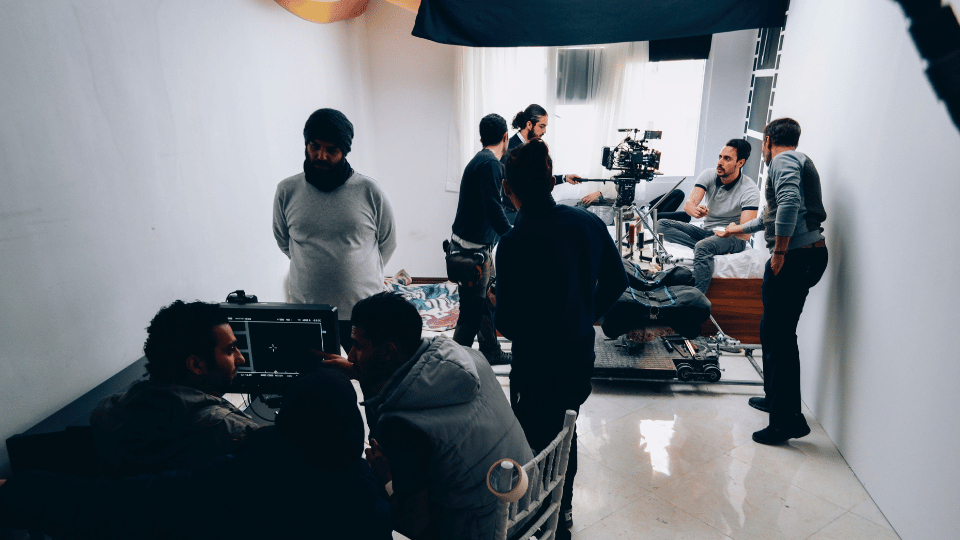Motion graphics play a crucial role in film production, adding visual appeal, storytelling elements, and dynamic effects to enhance the overall viewing experience. Whether used in opening credits, transitions, visual effects, or informational graphics, motion graphics are versatile tools that filmmakers rely on to convey information and evoke emotions.
Motion Graphics Designer
One of the key roles in film production is that of a motion graphics designer. These professionals are responsible for creating animated graphics, visual effects, and other dynamic elements that add depth and visual interest to a film. Motion graphics designers utilize software tools such as Adobe After Effects, Cinema 4D, and Maya to bring their creative visions to life.
Title Sequence Designer
Title sequences are an important part of setting the tone for a film and capturing the audience’s attention from the start. Title sequence designers specialize in creating visually stunning and engaging opening credits that memorably introduce the film. These sequences often involve a combination of typography, motion graphics, and visual effects to create a captivating introduction to the story.
Visual Effects Artist
Visual effects artists play a crucial role in modern filmmaking, using a combination of practical effects and digital techniques to create stunning visual sequences. Motion graphics are often used in conjunction with visual effects to enhance scenes, create realistic environments, and bring fantastical elements to life on screen. Visual effects artists work closely with directors and other members of the production team to achieve the desired look and feel for a film.
Storyboard Artist
Storyboard artists are responsible for creating visual representations of key scenes in a film, helping directors and cinematographers plan shots and visualize the overall look of the movie. Motion graphics can be used in storyboards to convey movement, transitions, and special effects, giving the production team a clear idea of how each scene will play out on screen. Storyboard artists often work closely with directors to bring their vision to life in a visual format.
Compositing Artist
Compositing artists are skilled in combining multiple visual elements to create seamless and cohesive shots in a film. Motion graphics play a significant role in compositing, as artists use animated graphics to integrate CGI elements, special effects, and other visual components into live-action footage. Compositing artists work meticulously to ensure that all elements blend seamlessly together, creating a polished and professional final product.
Graphic Designer
Graphic designers in the film industry are responsible for creating various visual elements, including posters, promotional materials, and on-screen graphics. Motion graphics can be utilized in promotional materials to create dynamic and eye-catching designs that attract audiences and generate interest in the film. Graphic designers use their creativity and technical skills to develop visually appealing assets that enhance the overall marketing and branding of a film.
Art Director
Art directors oversee the visual style and artistic direction of a film, ensuring that all visual elements align with the creative vision of the project. Motion graphics are often integrated into set designs, props, and overall aesthetics to enhance the storytelling and atmosphere of a film. Art directors collaborate with production designers, cinematographers, and other key team members to create a cohesive visual identity for the film.
Editor
Film editors play a crucial role in shaping the narrative and pacing of a film through the assembly of footage, sound, and visual effects. Motion graphics can be used in editing to create dynamic transitions, overlays, and visual enhancements that elevate the overall editing process. Editors work closely with directors to fine-tune the visual elements of a film and ensure a seamless and engaging final product.
Colorist
Colorists are responsible for enhancing the visual aesthetic of a film through color grading and correction. Motion graphics can be used in color grading to create unique color effects, visual styles, and mood enhancements that complement the storytelling of the film. Colorists work meticulously to achieve the desired look and feel for each scene, using motion graphics to enhance the overall visual impact of the film.
Sound Designer
Sound designers play a critical role in creating immersive and impactful auditory experiences for films. Motion graphics can be used in sound design to enhance sound effects, create visual representations of audio elements, and synchronize visuals with sound for a cohesive viewing experience. Sound designers collaborate with directors and editors to ensure that the audio and visual components of a film work harmoniously together to engage and captivate audiences.
Conclusion
Motion graphics for film encompass a wide range of creative and technical roles that contribute to the visual storytelling and overall production quality of a film. From designing captivating title sequences to enhancing visual effects and creating dynamic animations, motion graphics professionals play a vital role in bringing films to life on the big screen.
By mastering the art of motion graphics and exploring the diverse career opportunities in the film industry, aspiring filmmakers can elevate their craft and make a lasting impact in the world of cinema.
Key Takeaways:
- Motion graphics professionals play a crucial role in enhancing the visual appeal and storytelling elements of films.
- Roles such as storyboard artists, graphic designers, and sound designers contribute to creating immersive and impactful cinematic experiences.
Consider exploring the diverse career opportunities in the film industry and honing your skills by enrolling in Yellowbrick’s NYU Film and TV Industry Essentials online course and certificate program to further your career in interactive media production.








